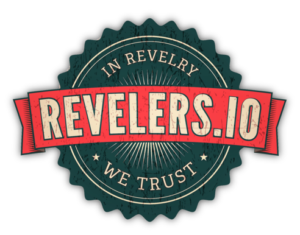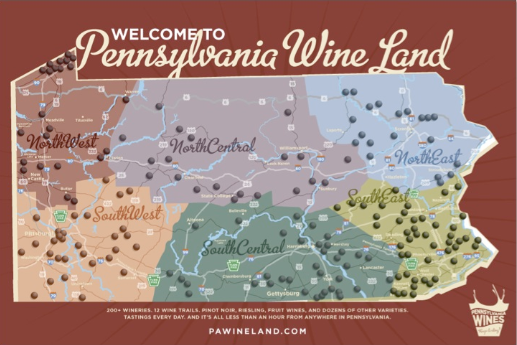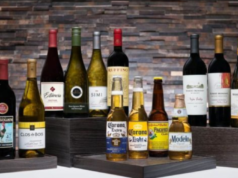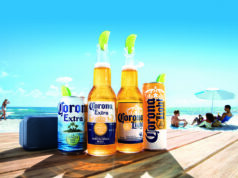Pennsylvania has revolutionized its wine market over the past two years, thanks to legislation in 2016 that opened up direct shipping and expanded retail wine sales beyond state-owned stores to allow sales by other retailers.

Wine volume in the six control state markets that are the sole wine wholesalers in their territories— Pennsylvania, New Hampshire, Utah, Mississippi, Wyoming, and Montgomery County, Maryland—increased by about 2% last year to 18.85 million 9-liter cases, according to the National Alcohol Beverage Control Association(NABCA) and Impact Databank. The growth rate of these markets kept pace with national trends.
Pennsylvania has revolutionized its wine market over the past two years, thanks to legislation in 2016 that opened up direct shipping and expanded retail wine sales beyond state-owned stores to allow sales by other retailers. Permitting direct shipping of wine has led to a growth in sales: Last year was the first full calendar year for direct shipping, and Pennsylvania Liquor Control Board (PLCB) chairman Tim Holden estimated it at $50 million, or about 5% of the total Pennsylvania wine market.
As of March 2018, Pennsylvania had 978 licensed direct wine shippers. Residents can receive up to 36 cases of wine annually for personal use if the cases are shipped by a PLCB-licensed wine producer. “As we cede some wine sales to other players, we’re presented with the opportunity to re-examine our portfolios and optimize the breadth of our wine selection,” Holden says.
Expanded retail wine sales allow licensees to sell up to three liters of wine per transaction. In March, there were 626 licensees with expanded permits, including about 270 grocery accounts, 140 restaurants, and 115 convenience stores, with the rest held by bottle shops and hotels. The number of licensees has more than tripled since last year, when it was at 190, and there’s no limit on the number of permits that may be issued. Taking more of an open-market stance has created a major shift in Pennsylvania’s wine business model, which may help blunt any potential future privatization efforts.
Although some market share is shifting from the PLCB’s retail establishments, the state stores still have an edge. “Our Fine Wine & Good Spirits stores are distinguished from competitors by our broad selection of wine and knowledgeable staff, who help consumers learn about wine and make selection and pairing decisions,” Holden says.
Expanding Market
In Pennsylvania, the country’s largest wine control state, wine sales grew 2.95% in 2017 to slightly more than $1 billion on a 1.9% volume increase to 11.7 million cases. “We offer thousands of different brands and tens of thousands of SKUs in our listed, luxury, and special-order portfolios,” Holden says. “In 2017, we sold more than 7,700 wine brands and nearly 36,000 different wine items.”
Rosé offerings, 3-liter wine boxes, Cabernet Sauvignon, sparklers, and canned wine have all contributed to growth. Rosé dollar sales grew more than 20% last year on a volume gain of 18.8%. Dry rosé is becoming such a popular item that the PLCB has added a separate section for the wines on store shelves. Leading rosé wine brands in Pennsylvania include Barefoot Pink Moscato ($8 a 750-ml.), Beringer Main and Vine White Zinfandel ($9), 2016 Château d’Esclans Whispering Angel Côtes de Provence Rosé ($22), and Sutter Home White Zinfandel ($8).
Appetite For Wine
Other control states like New Hampshire are experiencing similar trends for dry rosés, high-end reds, and sparkling wines.





